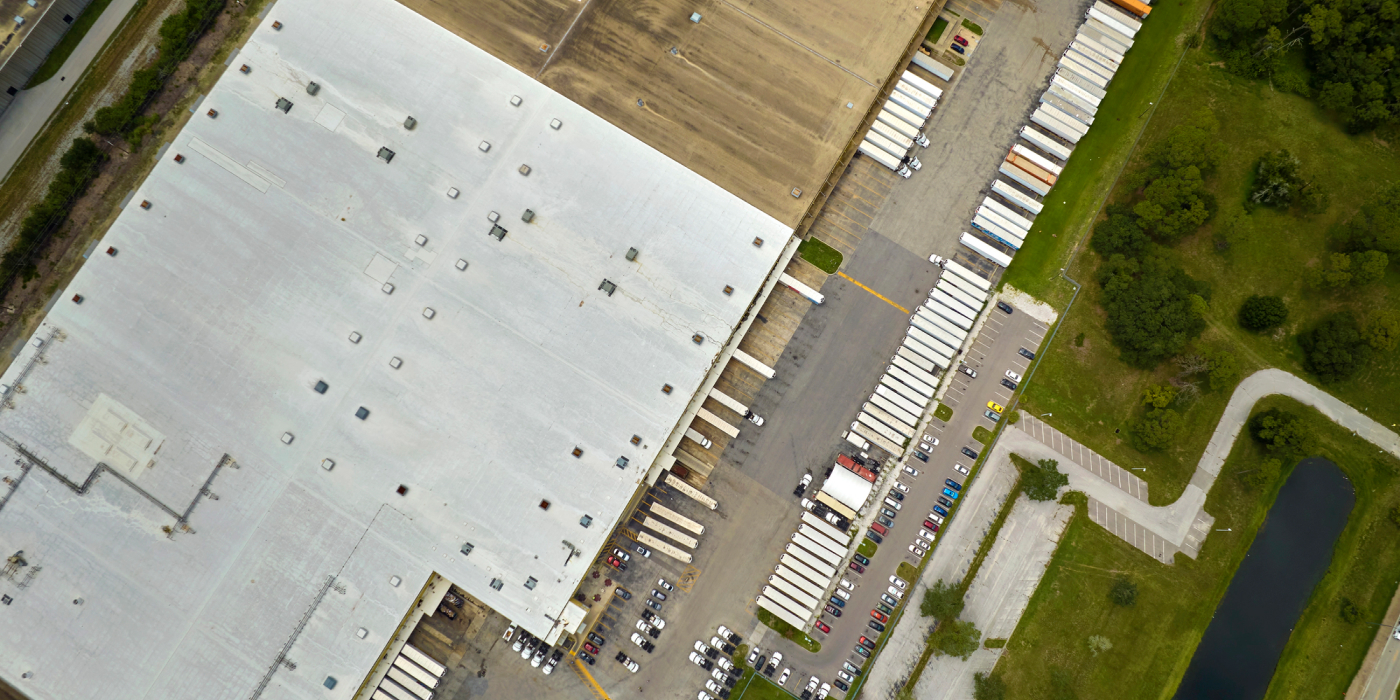Building Resilience in CPG Supply Chains
The consumer packaged goods (CPG) industry has always relied on efficiency, speed, and scale. Shoppers expect products to be in stock, whether they’re buying online or in-store. Major retailers rely on CPG partners to deliver consistently. But over the past few years, it has become more difficult to meet customer expectations and ensure product availability.
Geopolitical tensions, natural disasters, and material shortages are happening with increasing frequency. These disruptions can harm long-term contracts and shelf presence. Global disruptions have forced brands to reevaluate their supply chain operations and focus on supply chain resilience, building networks that can absorb shocks, recover quickly, and adapt to change.
Here’s a look at some strategies for creating stronger, more resilient CPG supply chains.
Diversify and Localize Suppliers
Overdependence on a single supplier or region exposes CPG companies to significant risks, especially when geopolitical, economic, or environmental crises arise. By diversifying suppliers across regions and investing in nearshoring or multi-sourcing strategies, companies can mitigate supply disruptions, reduce vulnerability, and increase flexibility. Creating a diverse supplier network and building domestic manufacturing facilities can help bring products closer to customers, reduce delivery times, and minimize reliance on long, volatile supply routes.
Kimberly-Clark is investing in its manufacturing operations, spending $2 billion over the next five years to expand its North American facilities and implement new tech capabilities. This is its largest domestic expansion in more than 30 years and will focus on an expanded distribution center and a new manufacturing facility. The new manufacturing facility will serve as a regional hub for the Northeast and Midwest. The location will implement proprietary manufacturing technologies that support the development of new and improved consumer products.

Embrace Supply Chain Technologies
Traditional supply chains often lack visibility, making it difficult to identify disruptions until it’s too late. Seventy-three percent of CPG manufacturers cite a lack of real-time inventory visibility as a high or medium priority for overcoming supply chain obstacles, according to a recent study by Crisp and CGT magazine. Ninety-one percent of CPG manufacturers plan to invest in greater collaboration to build supply chain resilience. CPG brands are prioritizing investments in transparency and real-time data to improve collaboration, maintain optimal inventory across retail channels, and enhance their ability to adapt to supply chain disruptions.
End-to-end visibility enables faster decision-making, minimizes blind spots, and allows teams to act before small issues escalate. CPG companies need real-time insights into inventory levels, supplier performance, and delivery networks. Cloud-based supply chain platforms, IoT sensors, and predictive analytics allow CPG companies to track products, anticipate bottlenecks in real-time, and respond faster to disruptions. Predictive analytics can forecast demand spikes, while real-time dashboards give a clearer view of inventory and deliveries, providing real-time insights that enable CPG brands to proactively identify potential inventory and supply chain bottlenecks.
Strengthen Logistics Flexibility
Traditional logistics networks are often rigid, designed around fixed routes, contracted carriers, and predictable demand. While this works in stable environments, it breaks down when disruptions hit such as driver shortages, weather events, or sudden shifts in consumer demand. A resilient CPG supply chain builds flexibility into its logistics, creating the ability to pivot quickly without losing service quality or efficiency.
Instead of relying on a single carrier or transport mode, resilient companies diversify across multiple carriers, transport modes, and distribution channels. Partnering with third-party logistics providers can help businesses expand delivery capabilities and implement last-mile innovations. This provides a backup option if one mode is disrupted. CPG companies are also partnering with freight marketplaces to discover new, reliable carrier partners and expand their logistics networks. Flexibility ensures that products reach retailers and consumers, even under difficult circumstances.
Resilient supply chains not only withstand disruption but also adapt quickly and emerge stronger. The CPG industry faces an unpredictable future, but uncertainty can be managed with preparation and innovation. Companies that embrace diversification, digital technologies, agility, and strong partnerships can build supply chains that are not only resilient but also adaptable to whatever comes next.
For more information about how our delivery management solution can help you manage your delivery operations more efficiently, please contact info@bringoz.com.
